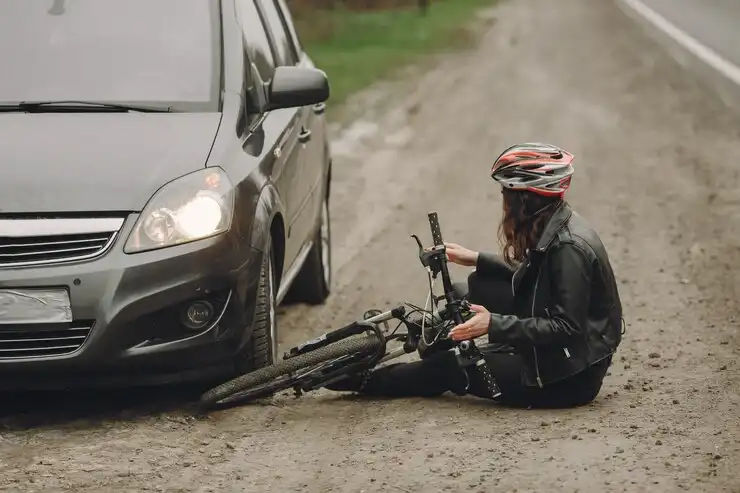Urban cycling offers convenience and eco-friendly commuting, but it also comes with unique challenges and risks. Navigating through traffic, dealing with distracted drivers, and avoiding road hazards require more than just basic cycling skills. To help you stay safe on busy city streets, we’ve compiled the top 10 cycling safety tips for urban commuters. And remember, if you’re ever involved in an accident, our experienced bicycle accident attorney is here to help protect your rights.
1. Always Wear a Helmet
Your helmet is your first line of defense against head injuries. Make sure it fits snugly and is certified for safety standards. Even a short commute can be risky, so never leave home without it.
2. Be Visible and Predictable
Wear bright, reflective clothing, especially when riding in low-light conditions. Use lights on both the front and rear of your bike, and make your movements predictable by signaling well in advance before turning or stopping.
3. Follow Traffic Rules
Cyclists must obey the same traffic laws as motorists. Stop at red lights and stop signs, ride in the direction of traffic, and yield to pedestrians. Following the rules not only keeps you safe but also reinforces the rights of cyclists on the road.
4. Avoid Distractions
Stay focused and avoid using headphones or your phone while riding. Being alert allows you to react quickly to unexpected hazards, like opening car doors or sudden lane changes.
5. Maintain a Safe Distance from Vehicles
Keep a safe distance from parked cars to avoid “dooring” accidents, where a driver opens their door unexpectedly in your path. Ride at least three feet away from parked cars and be cautious around buses and trucks.
6. Choose the Safest Route
Opt for bike lanes or less busy streets when possible. Urban areas often have designated cycling paths that provide a safer alternative to crowded main roads.
7. Use Hand Signals Clearly
Communicate your intentions by using clear hand signals. Signal well in advance of a turn or lane change, and make eye contact with drivers when possible to ensure they see you.
8. Check Your Bike Regularly
A well-maintained bike is a safer bike. Check your brakes, tires, and chain regularly to ensure everything is in good working order. If you’re unsure, have a professional bike mechanic take a look.
9. Watch for Road Hazards
Be on the lookout for potholes, wet surfaces, debris, and other obstacles that could cause you to lose control. Plan your route to avoid construction zones and poorly maintained roads.
10. Know What to Do After an Accident
Even the most cautious cyclists can get into accidents. If you’re involved in a collision, stay calm, check for injuries, and call for medical help if needed. Collect contact and insurance information from the other party, document the scene with photos, and file a police report. For legal support and to protect your rights, consult a bicycle accident attorney as soon as possible.
Contact Our Bicycle Accident Attorney Today
If you or a loved one has been injured in a cycling accident, you don’t have to face it alone. Our experienced bicycle accident attorney is here to help you understand your rights and secure the compensation you deserve. Contact us today for a free consultation and let us fight for your justice and recovery.




